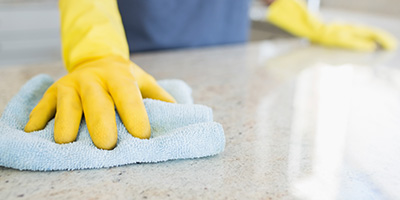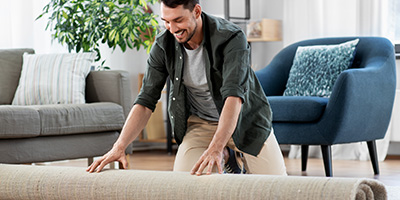How to Prepare for a Move

Preparing to Move
Preparing to move is an exciting adventure, but it can also be a daunting task. Whether you’re relocating across town or across the country, proper planning is key to a smooth transition. This comprehensive guide on how to plan a move will walk you through the essential steps, from two months before your move to the big day itself.
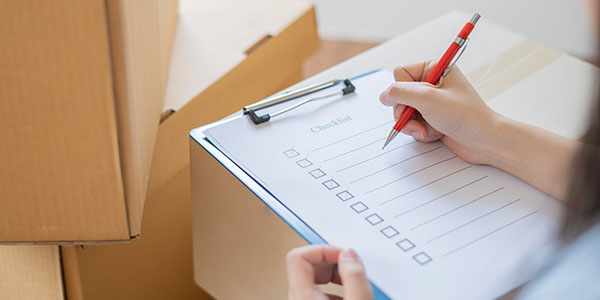
When to Start Planning for a Move
We recommend preparing for a move at least two months before your move-out date. This gives you plenty of time to declutter your home, clean each room and pack up your things. Before calling the movers and buying storage containers, make a reasonable moving timeline. With a rough schedule of events, you won’t feel rushed or underprepared when moving day arrives. That said, the sooner you start planning, the better!

"My best advice? Prepare, prepare, prepare! Once you know your move date, start clearing things out. Procrastination leads to random stuff getting thrown into boxes, and you’ll probably lose track of something important — or worse, accidentally throw it out!"
Katherine Lawrence | Space Matters
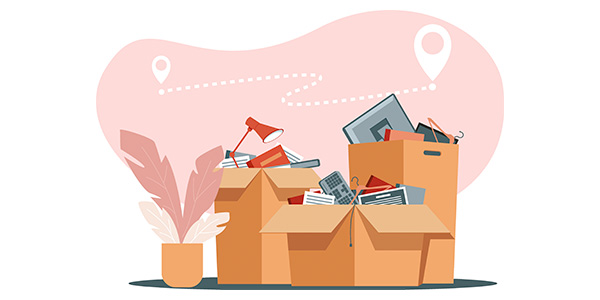
Moving Prep Checklist
When you’re getting ready to move, a checklist is invaluable to stay organized. Use this preparing-to-move checklist to keep track of key tasks throughout your moving process.
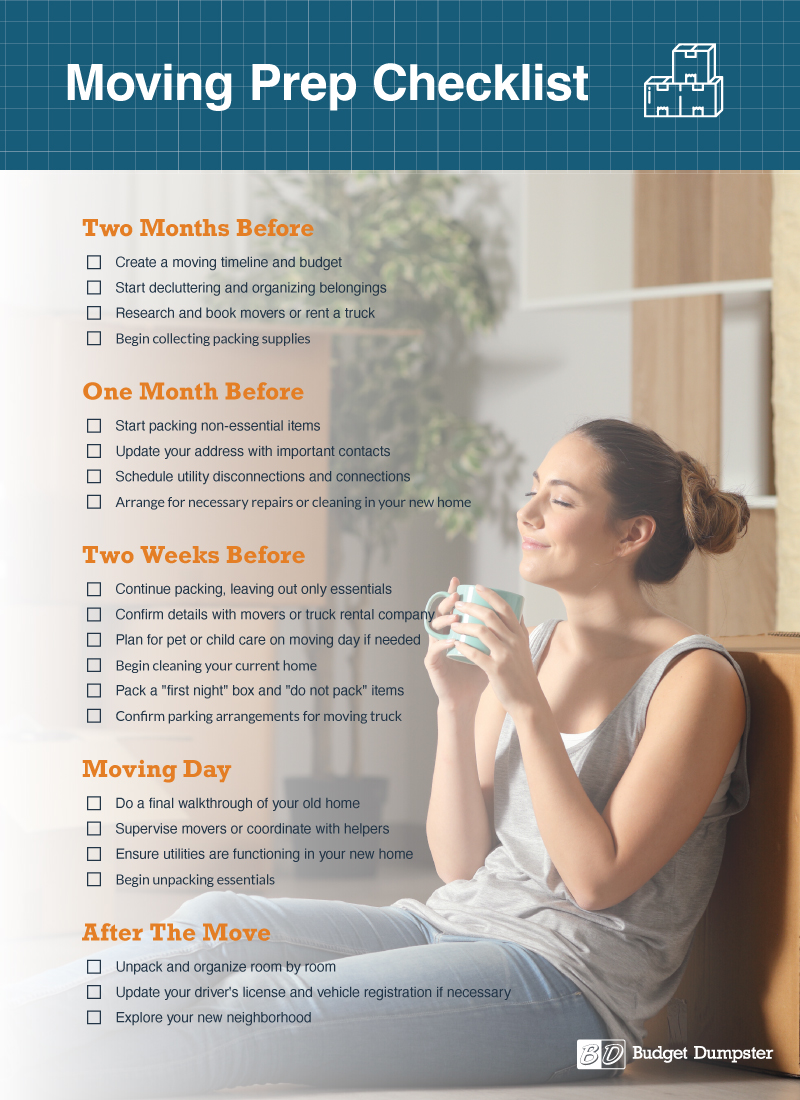

Two Months Before You Move
Create Your Moving Master Plan
Your moving master plan is the cornerstone of a successful move. Think of it as your personal moving playbook that outlines your move from start to finish.
Keep your plan in a digital document or dedicated notebook, and make it a living document. Update it regularly as you progress through your move or new considerations arise. This plan should include:
Moving Master Plan: 5 Key Elements
1. Detailed timeline: Starting from two months out and leading up to moving day, break down your move into weekly or daily tasks. This ensures you tackle tasks at the right time and don’t leave everything for the last minute.
2. Room-by-room inventory: List items in each room, including what you plan to keep, sell, donate or discard. This will make decluttering easier and help you see how much you’ll have to pack.
3. Budget breakdown: Itemize your expenses, including moving services, packing supplies and transportation costs.
4. Important contacts: Create a list of important contact information, such as your moving company, real estate agents and utility providers.
5. Packing strategy: Decide which rooms or items you’ll pack first and how you’ll label boxes for easy unpacking.
Make Your Moving Budget
There are many move-out expenses most homeowners don't even know about, which can make it hard to keep track of your total costs. Whether you’re using professional movers or transporting your belongings yourself, make sure to plan accordingly.
Working with a moving company costs more than a DIY move but will speed up the moving process. While transporting everything yourself is cost-effective, DIYing your move could extend your timeline by days or even weeks. Since moving costs add up quickly, be sure to create a realistic budget that accounts for:
- Professional movers or truck rental
- Moving equipment, such as a ramp and dolly
- Packing supplies
- Insurance for valuable items
- Fuel costs
- Potential storage fees
- Unexpected expenses, for a buffer
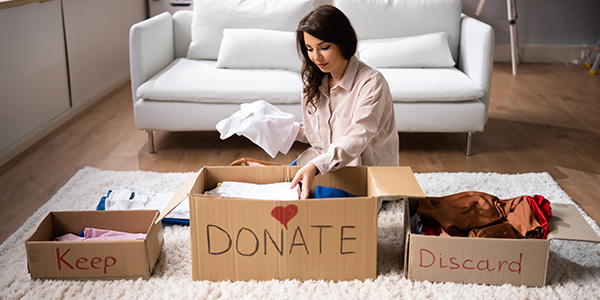
Declutter and Donate
When preparing to move, take things one room at a time. Start in the most clutter-prone areas of your home, like your basement or attic.

“Create a priority list of areas in the home that you'll need to go through or pack up before you leave. What area is weighing you down the most? Which areas will be easier? Create a list for your home and tackle the hardest rooms first! This will help bring you a sense of accomplishment as you are nearing your move date. The momentum will start rolling quickly and before you know it, you'll be ready to go.”
Cori McDougald | Meat & Potatoes Organizing
Tips for Decluttering Before a Move
As you declutter, create a “toss,” “donate” and “keep” pile for each room of your home — this is especially important if you’re downsizing and moving into a smaller house. Once you know what you’re getting rid of, focus on the items you’re taking with you:
- Take inventory. Make a list of items you plan to keep in each room and check them off as you pack.
- Label boxes by room. Have separate boxes for your bedrooms, bathroom, kitchen and living room, and label them accordingly.
- List what each box contains. Along with the room name, list the contents of the box. This will keep you from double or even triple-checking your inventory list and make unpacking easier.
- Group items together. Planning to have the same furniture and artwork in your new living room? Keep them together to pack faster and more efficiently.
- Be ruthless in your decluttering. Remember, the less you move, the less it costs. “Reducing the items you bring with you to your new home can drastically reduce the costs of moving, as most moving companies charge based on weight. A total win-win,” Klug says. If you have a lot of junk to clear out, now’s the time to rent a dumpster to speed up the process.

“Start by getting rid of bulky items you don’t want to bring to your new home. Even giving things away for free on Facebook Marketplace saves you money, so you're not stuck paying to move something you no longer need. Go through your kitchen and bathroom too — expired food and empty bottles? They don't need to make the trip! Why spend money moving stuff that costs less to replace? … Toss as you go to lighten your load.”
Katherine Lawrence | Space Matters
Ready to declutter before your move?
We've compiled 51 things to get rid of to help you get started!
Research and Schedule Movers
If you’re hiring professionals:
- Get quotes from at least three reputable moving companies
- Read reviews and check credentials
- Book your preferred company well in advance
If you’re moving yourself:
- Reserve a moving truck or trailer
- Recruit friends or family to help (bribe with pizza if necessary!)
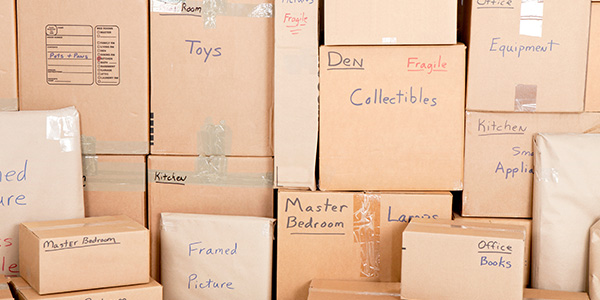
One Month Before You Move
Start Packing Non-Essential Items
If you’re wondering when you should start packing to move, now’s the time. “Begin packing things you don’t use every day, like seasonal clothing or old paperwork,” Lawrence says. Start with out-of-season clothes, rarely used kitchen items and decorative objects. Be sure to label each box with its contents and destination room.
Packing Pro Tips
- Use clothing, towels and linens as padding for fragile items
- Take photos of electronic setups before disassembling
- Keep important documents and valuables with you, not in the moving truck
- Use smaller boxes for heavy items and larger boxes for light items
- Create a “first night” box with essentials, like sheets and phone chargers, you’ll need immediately in your new home
- Pack your tools last so you can take apart furniture if necessary

“Decide where you'll want to store your moving boxes or packed boxes in the interim before the move. We recommend clearing out an area in the garage or storage room where you can safely store packed and labeled boxes. This will help create a sense of ease as you work through your home.”
Cori McDougald | Meat & Potatoes Organizing
Update Your Address
Remember to update your address with important locations, including:
- Post office (set up mail forwarding)
- Banks and credit card companies
- Insurance providers
- Employer
- Schools
- Subscription services
Notify and Transfer Utilities
Another important task to cross off your list is contacting utility companies at both your current and new addresses. Schedule disconnect and connect dates for:
- Electricity
- Gas
- Water
- Internet/cable
- Trash collection
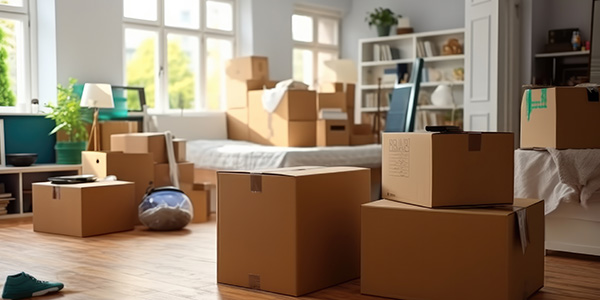
Two Weeks Before Moving Day
The two-week mark is a critical point in your moving timeline. By now, you should have packed most of your non-essential items so you can focus on the fine details of your move. This is the time to tie up loose ends at your current location and prepare for life in your new home. Double-check your Moving Master Plan to ensure you haven’t overlooked any important tasks, and start making concrete plans for moving day itself.

“Two weeks before a move it is time to start working on packing up those items you frequently use. Start packing your kitchen, mudroom and clothing. Leave out a few of the essentials, but do your best to organize and pack those commonly used items at this time. Packing these items a week or two before a move can help so you are not scrambling or running out of time the day before a big move.”
Cori McDougald | Meat & Potatoes Organizing
Final Moving Preparations
This is your chance to address any overlooked details and finalize your moving day strategy:
- Confirm details with your moving company or truck rental
- Finish packing, leaving out only essential items
- Deep clean your current home
- Arrange for childcare or pet care on moving day, if needed
Create a ‘Do Not Pack’ Zone
Designate an area for items that shouldn’t go on the moving truck, such as:
- Important documents, like birth certificates and IDs
- Medications
- Valuable and sentimental items
- Essential electronics and chargers

“This is the time to stop shopping for food and focus on using what you’ve already got in your pantry and fridge. Also, start packing a “go-bag” or essentials box — things like prescription meds, your phone charger and important documents you’ll need on moving day. That way, nothing important gets lost in the shuffle.”
Katherine Lawrence | Space Matters
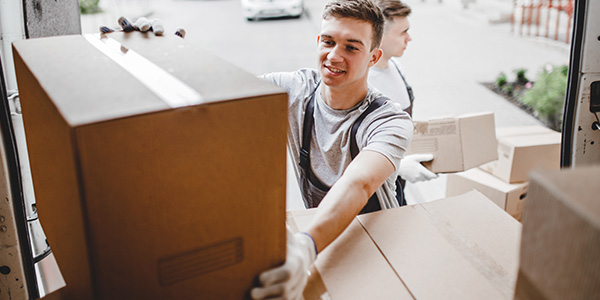
Moving Day: The Grand Finale
The day has finally arrived — it’s time to put all your careful planning into action and bring your move to a successful conclusion. Stay focused and remember that each task you complete brings you one step closer to settling into your new home.
Before the Movers Arrive
Wake up early and have a good breakfast — you’ll need the energy. Then, do a final walkthrough of your home, checking for forgotten items. Secure your pets in a quiet, safe area before the movers, or your moving helpers, arrive.
During the Move
Be available to answer questions and provide directions, including where your belongings should go in your new home.

“Moving day is hectic! The key is staying on the same page with your movers — make sure you’ve communicated the layout of your new place so they don’t just drop everything in the first open spot. You don’t want to end the day with all your stuff piled up in random places. A little direction upfront can save you time later.”
Katherine Lawrence | Space Matters
Arriving at Your New Home
If possible, arrive before the moving truck so you can direct movers or helpers where to place furniture and boxes.

“Upon entry into your new home, it is essential that you are the director of traffic! This is extremely important — and where we see the most benefit. While you've taken a lot of time to organize, pack, and label your boxes, it is now time to make sure the movers put those boxes in the desired rooms.”
Cori McDougald | Meat & Potatoes Organizing
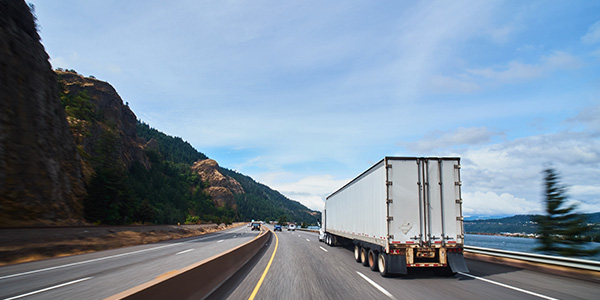
Help for Long-Distance Moves
When your move involves crossing state lines or even leaving the country, additional planning is crucial, as a long-distance move requires extra patience and flexibility. Build in buffer time for unexpected delays and give yourself time to adjust to your new surroundings. Here's how to prepare for a long-distance or cross-country move.
Long-Distance Move Essentials
At least two months in advance, plan out your route. If you’re driving:
- Map out your route, including overnight stops
- Book hotels or accommodations in advance
- Plan for rest stops and meal breaks
- Have your vehicle serviced before the trip
If you’re flying:
- Book flights well in advance for better rates
- Arrange for transportation from the airport to your new home
- Consider shipping your car separately if needed
You’ll also want to research your new area in advance to become familiar with local grocery stores, pharmacies, hospitals and other essential businesses. Join local online communities to start connecting with your new neighborhood, and consider a short house-hunting trip before your move if possible.
Downsizing and Shipping
- Be extra ruthless in decluttering, as long-distance moves are priced by weight
- Consider selling or donating large furniture and buying new once you arrive at your destination
- Research shipping options for valuable or sentimental items
Legal and Administrative Tasks
If you’re moving to a new state:
- Research driver's license and vehicle registration requirements
- Update your voter registration
- Consult a tax professional about potential changes in state taxes
Preparing for Climate Changes
If you’re moving to a different climate:
- Research appropriate clothing and gear you might need
- Plan for any necessary home modifications (e.g., air conditioning, heating systems)

“Long-distance moves can be tricky, so talk to your movers about any restrictions — like transporting plants, packing fuel, nail polish, or batteries, and how they’ll handle food. If you’ve got kids or pets, make sure their essentials are easily accessible. And, plan for the possibility that not everything will be set up on day one — have a place to stay and expect to eat out for a bit.”
Katherine Lawrence | Space Matters
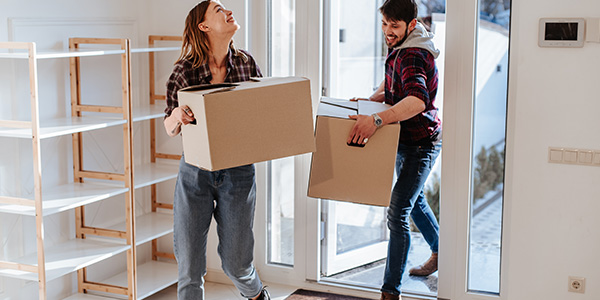
Make Sure Your New House Is Ready
The utilities, walls and floors of your home should be up to your standard. Check out our move-in checklist before you spend the first night in your new house.
Remember, preparing to move is a process, not just a day. By breaking it down into manageable steps and starting early, you can transform a potentially stressful experience into an exciting new chapter in your life. Happy moving!

